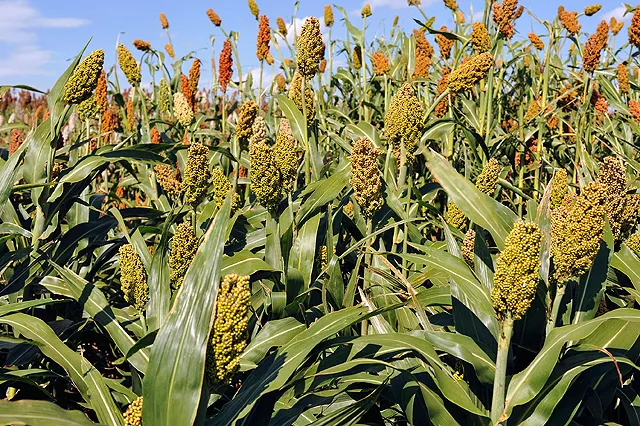



Article by: Hari Yellina
For next season’s harvest, GrainCorp aims to invest 20% to 30% more than last year to improve the efficiency of its grain receipt and outloading processes. More bunker storage locations and temporary “flexible storage” options, as well as investment in speedier unloading equipment and grain stackers, are on the priority list as the grain handler prepares for a probable third consecutive large winter crop harvest in 2022-23. Despite the fact that the eastern grain belt has not suffered the kind of soaking that has affected coastal districts this year, Robert Spurway, managing director, said soil moisture levels at the start of the planting season had laid the stage for another “very substantial harvest.”
Its silo locations in Queensland, New South Wales, and Victoria received 14.7 million tonnes for the season, up 300,000 tonnes from the previous year. Furthermore, GrainCorp began the harvest with around 4.3 million tonnes of carryover grain to be moved from rural storages to port or domestic consumers. Farmers praised the regional silo teams’ devotion and adaptability as they juggled rain disruptions and harvest volumes that exceeded forecasts, according to Mr Spurway. GrainCorp’s port terminals were near capacity, and the export supply chain was still working at “nearly twice its average rate.”
Rainy conditions, on the other hand, caused harvest delays and delivery surges, as well as significant grain quality setbacks for many growers, highlighting the need to continue investing in faster equipment and more efficient receipt and outloading processes, especially as the entire farm sector faces labour shortages. “Overall, we’re in a pretty strong position,” he said, “but we’ll need to increase our capacity in some areas.” Mr Spurway said the company usually spends $35 million to $45 million on maintaining and improving grain storage and handling assets and related equipment, but that it spent around 25% more than usual last season, or about $10 million more. He predicted a similar degree of additional spending in the coming year to improve storage capacity and delivery turnaround times.
As harvest progressed, there was anticipated to be up to 6 million tonnes of carryover grain remained in GrainCorp’s storages or port supply network, adding to the logistical challenge. “We’ll wait to see how the crop develops in the following months before committing to exactly what we need to do,” he said, adding that “money will be made available where it makes sense.” In addition to the 500,000t of “flex” facilities already in use, last season’s investments included around 1 million tonnes of increased storage and 500,000t of flexible storage capacity. Flexible receival sites are silos that have been mothballed but are kept ready to open as needed, especially during bumper harvest years.
Although certain grain handling equipment had to be moved between GrainCorp’s many storage sites to accommodate varying load peaks during harvest, he believed the company had a good balance of equipment priority available to manage productivity successfully. “Despite all of the obstacles caused by the weather, the feedback we received after the harvest was really positive,” he said. “The quality of the people and culture at GrainCorp, as well as their performance and devotion, were particularly recognised and a credit to our regional network.” He stated that agribusinesses must be robust in order to deal with changing seasonal and supply chain issues, and that the company’s success across all business areas has reflected such resilience.
Despite the fact that the eastern Australian grainbelt covers a large area, he noted that overall conditions were “quite favourable” at this stage. “However, certain locations may be a little wetter than farmers would prefer,” he noted. “Nevertheless, you’d be hard pressed to find a farmer who would ask for the rain to stop – they’d choose the rain over a drought any day.”